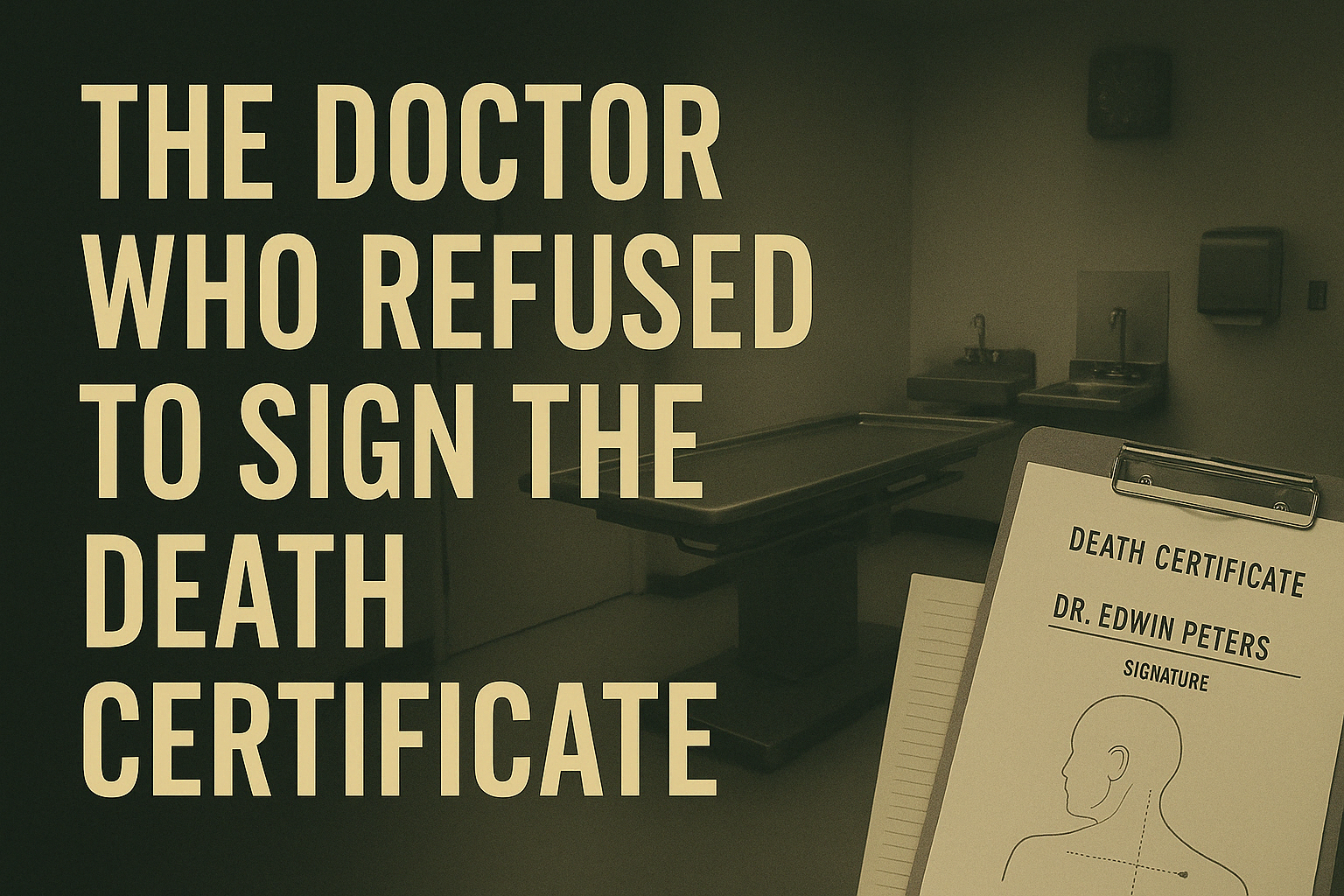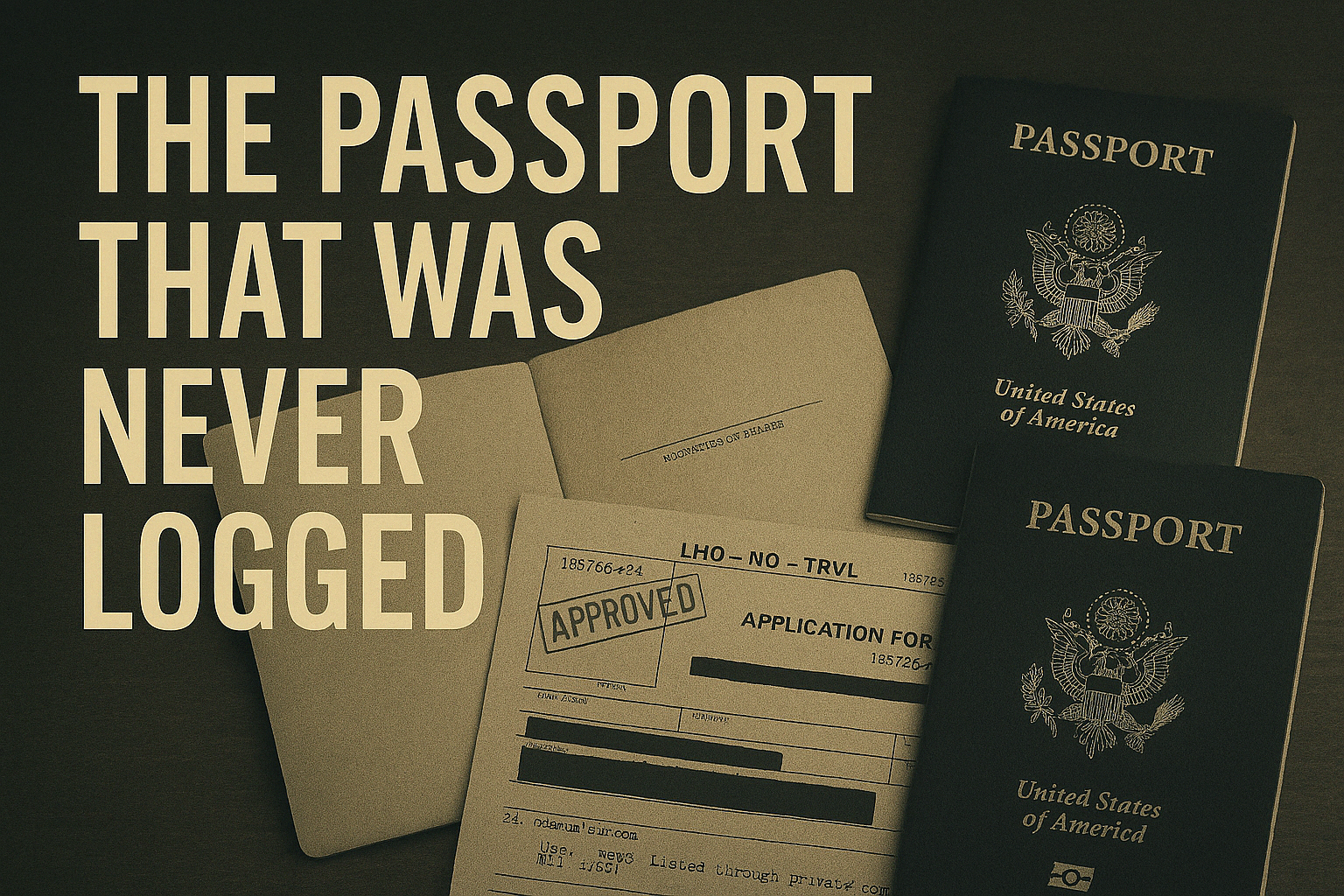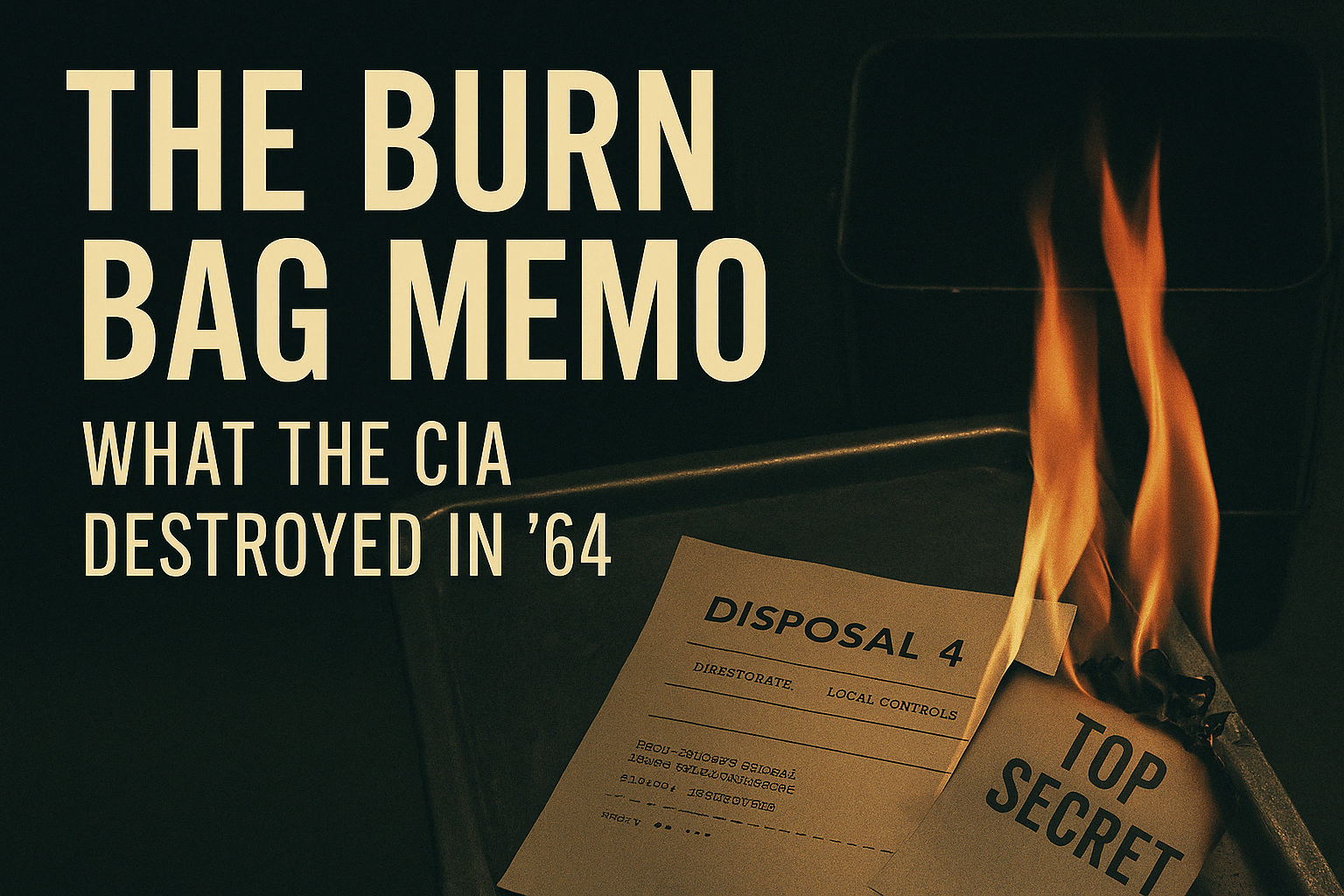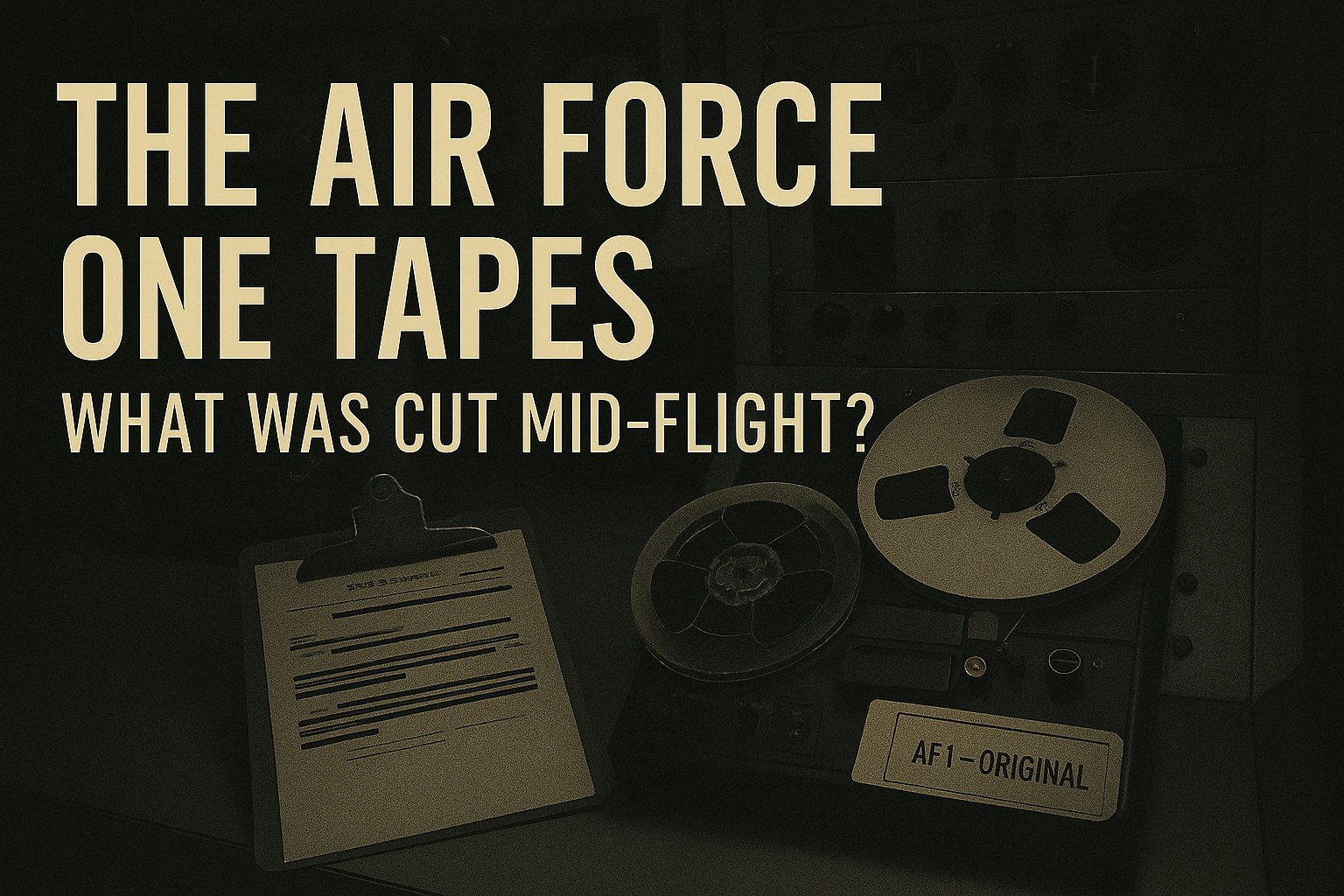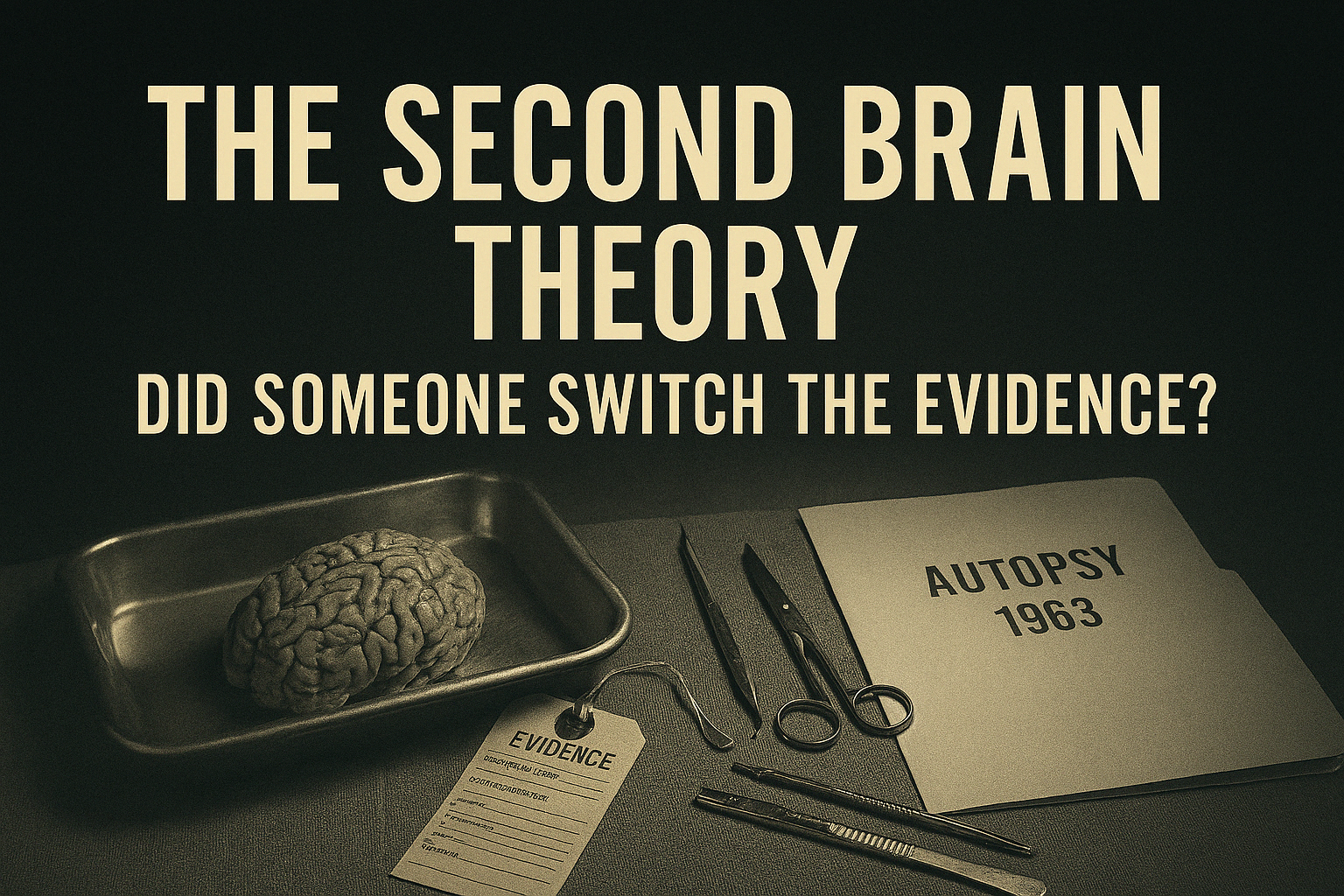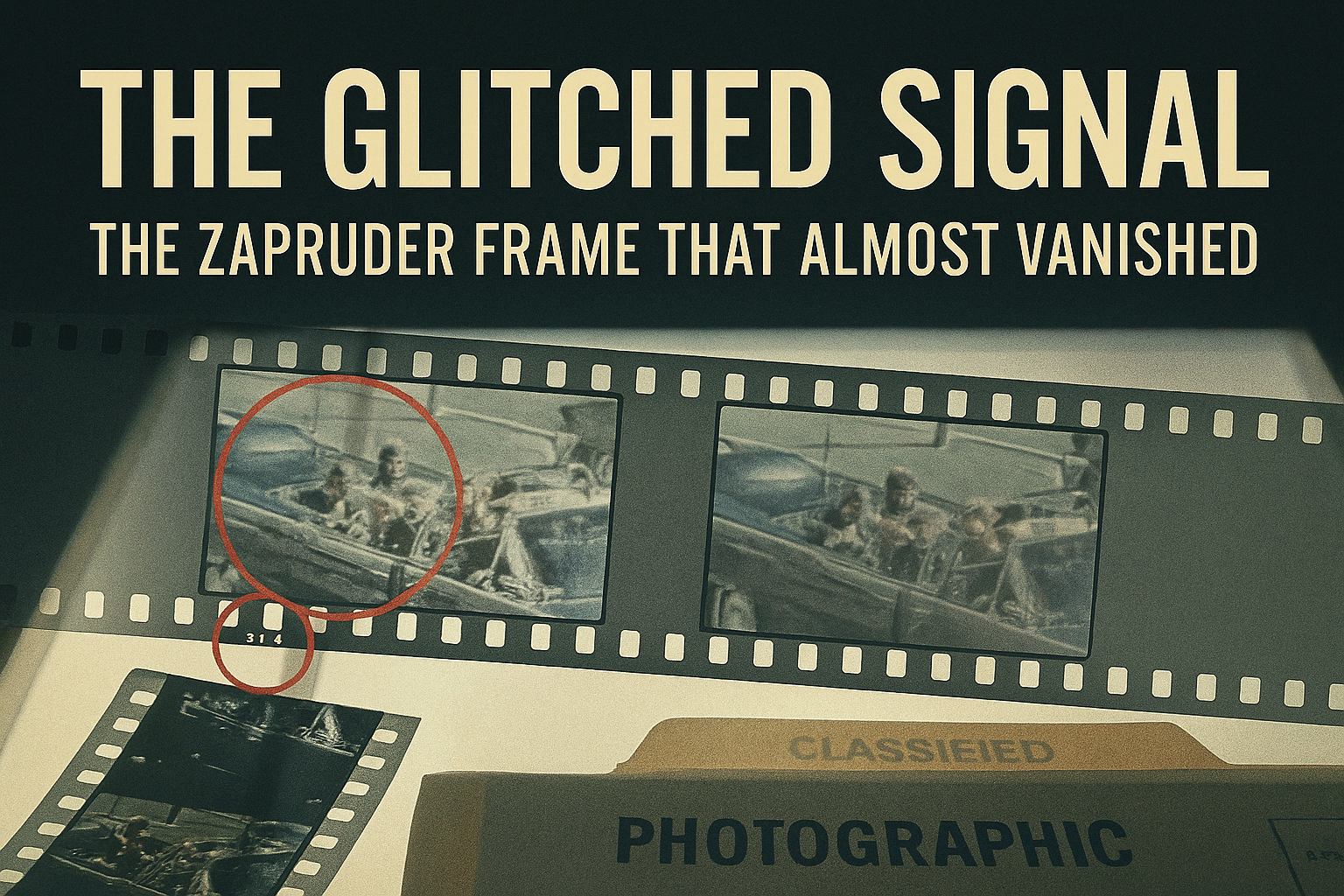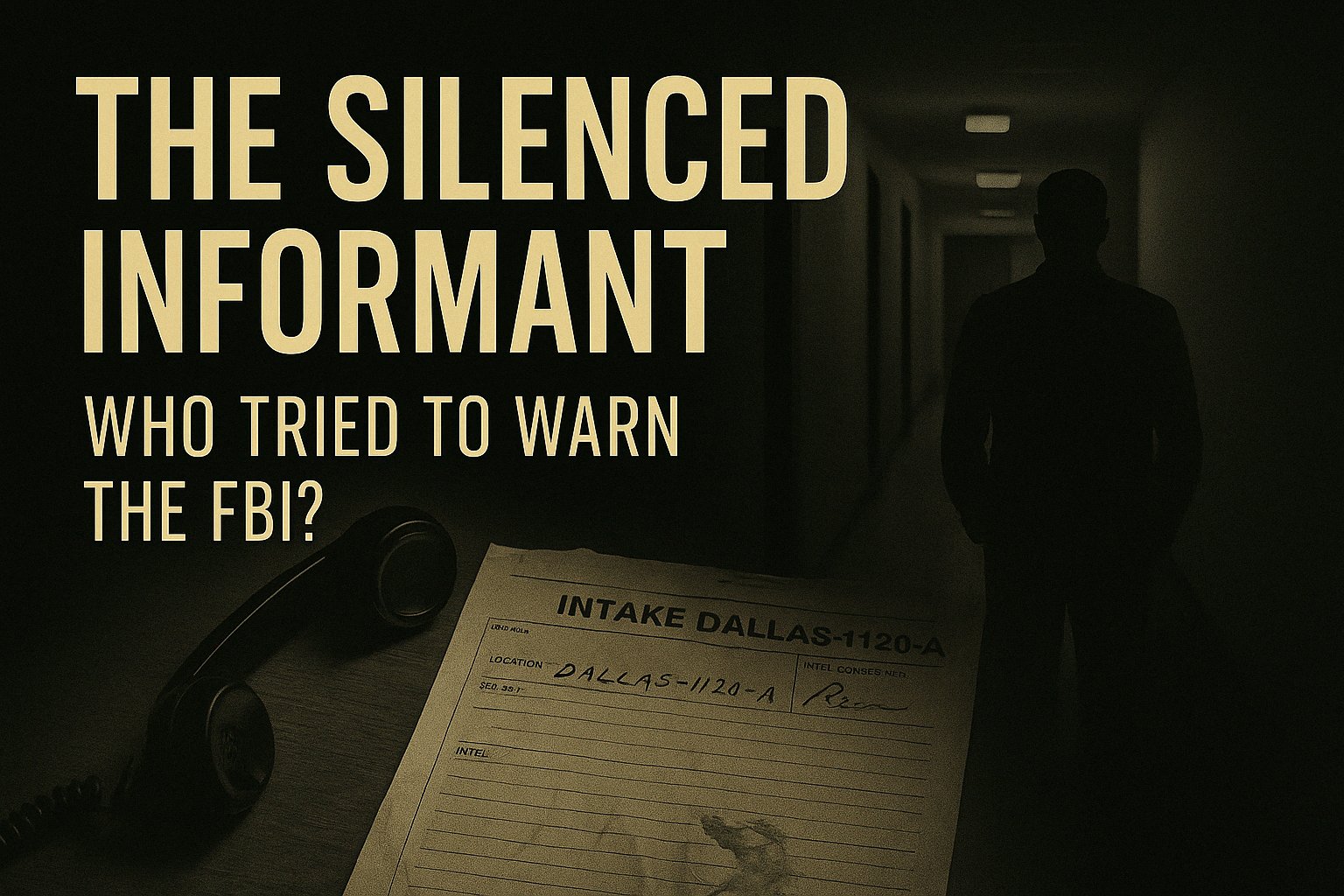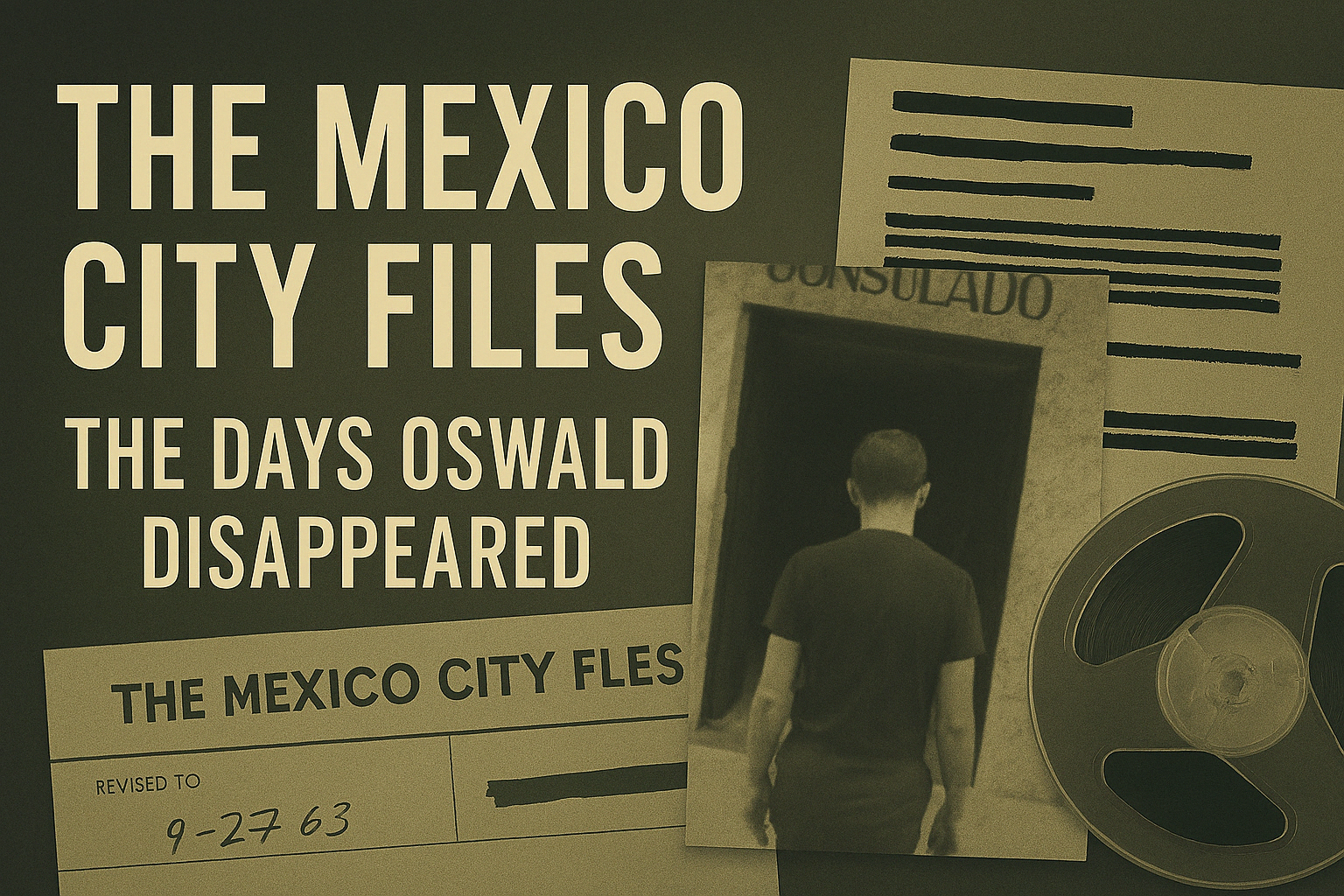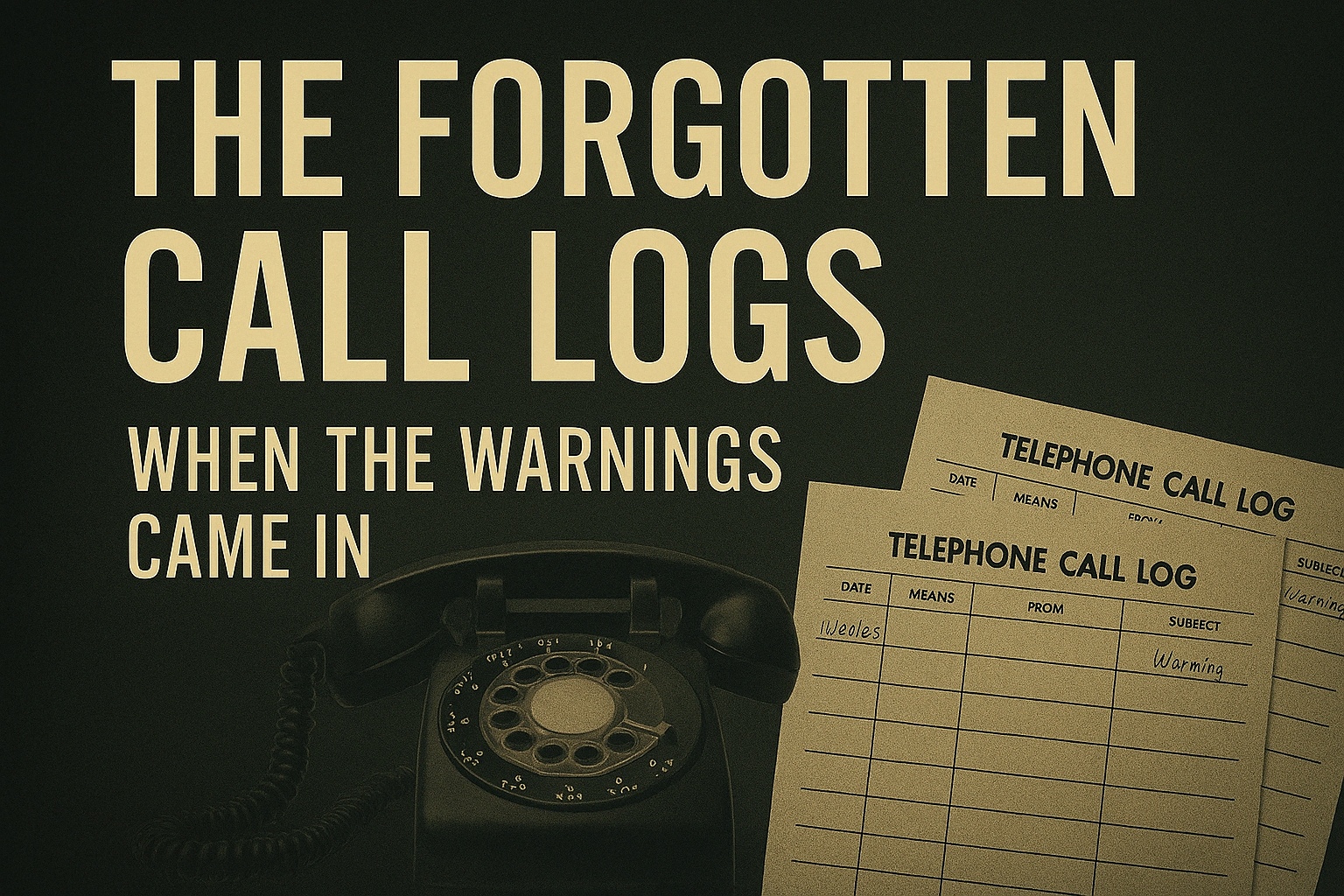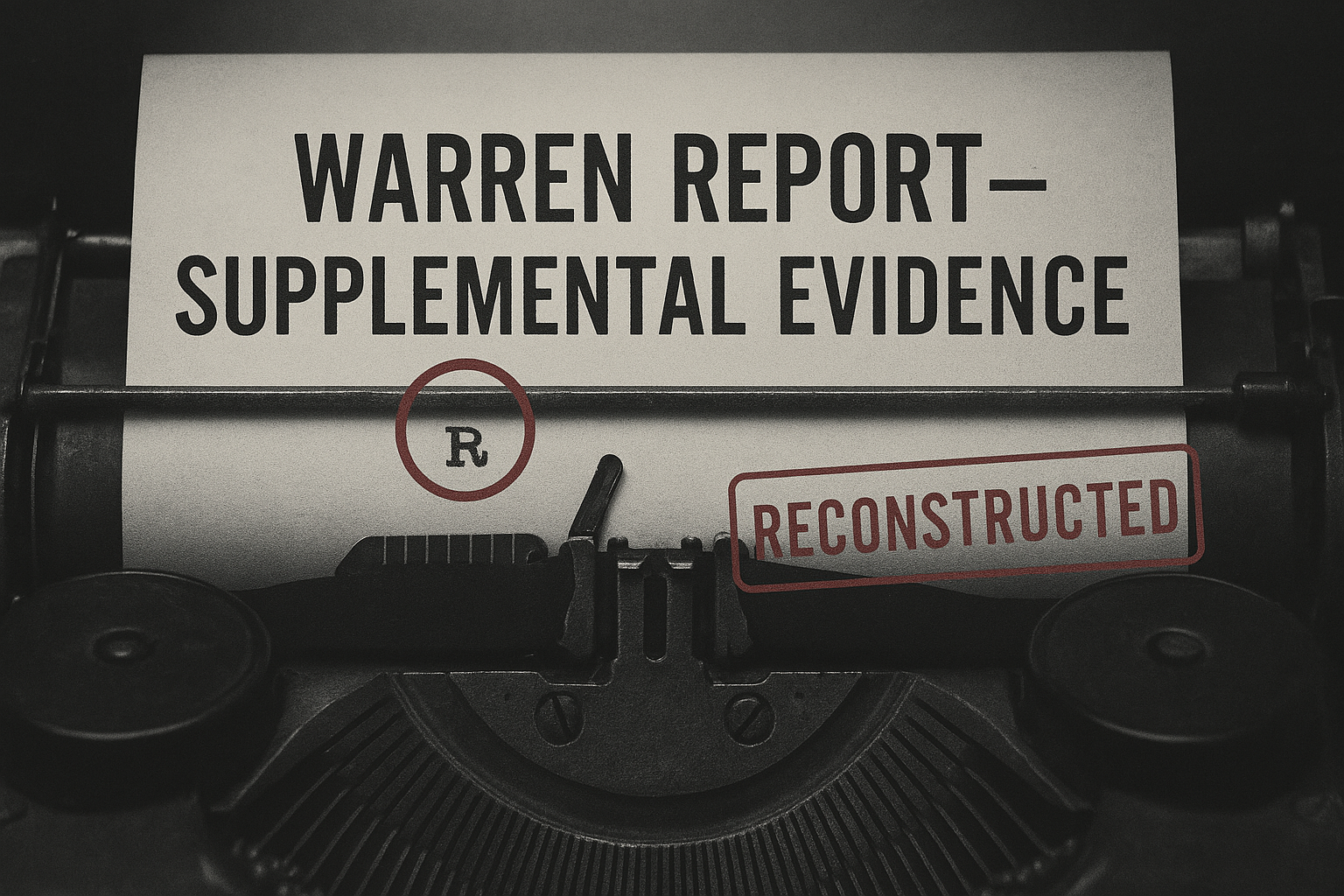The 2025 JFK files include a newly unsealed Bethesda Naval Hospital report that confirms what was long suspected - one of the attending physicians declined to sign JFK’s death certificate.
His reason was simple. He said the wound didn’t match the official story.
🏥 Bethesda November 22
The 2025 release includes a medical log stamped 11:24 PM - two hours after the body arrived at Bethesda - showing that Dr. Edwin Peters, a Navy forensic pathologist, “opted not to participate in declaration.”
A margin note adds:
“Diverges from standard fatal impact model. Declined formal attestation.”
He was never mentioned in the Warren Commission.
🖋️ A Certificate Signed Without Agreement
JFK’s death certificate was ultimately signed by Dr. George Burkley, his White House physician.
But the 2025 release includes a typed memo written by Peters to a Naval medical review board in 1964:
“The entry wound is not in the location described in the official chart. I do not consider the documentation sufficient for cause declaration.”
This memo was not released under FOIA.
It remained locked in a classified personnel file until now.
🧾 Internal Suppression
A separate Navy communication log from January 1965 lists Peters as “transferred to Guam under quiet conditions.” There is no retirement record. No published papers. No recorded interviews.
The only evidence of his opinion was buried in a box marked AUTOPS-INT NL6.
It was labeled “irrelevant to final findings.”
🕳️ What Was He Looking At
The 2025 release also includes an early Bethesda autopsy sketch not previously made public. It shows:
- An entry wound below the hairline
- A smaller exit wound low on the neck
- No notation of a third shot
This version contradicts the final autopsy diagram.
It matches Peters’ objections.
⚠️ One Doctor Refused To Sign
In any other case, that would be a headline.
In this one, it was a secret for six decades.
Until now.
